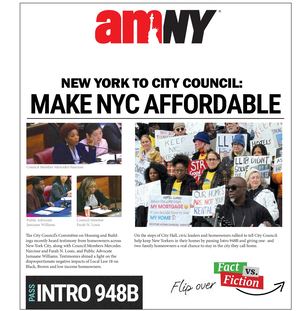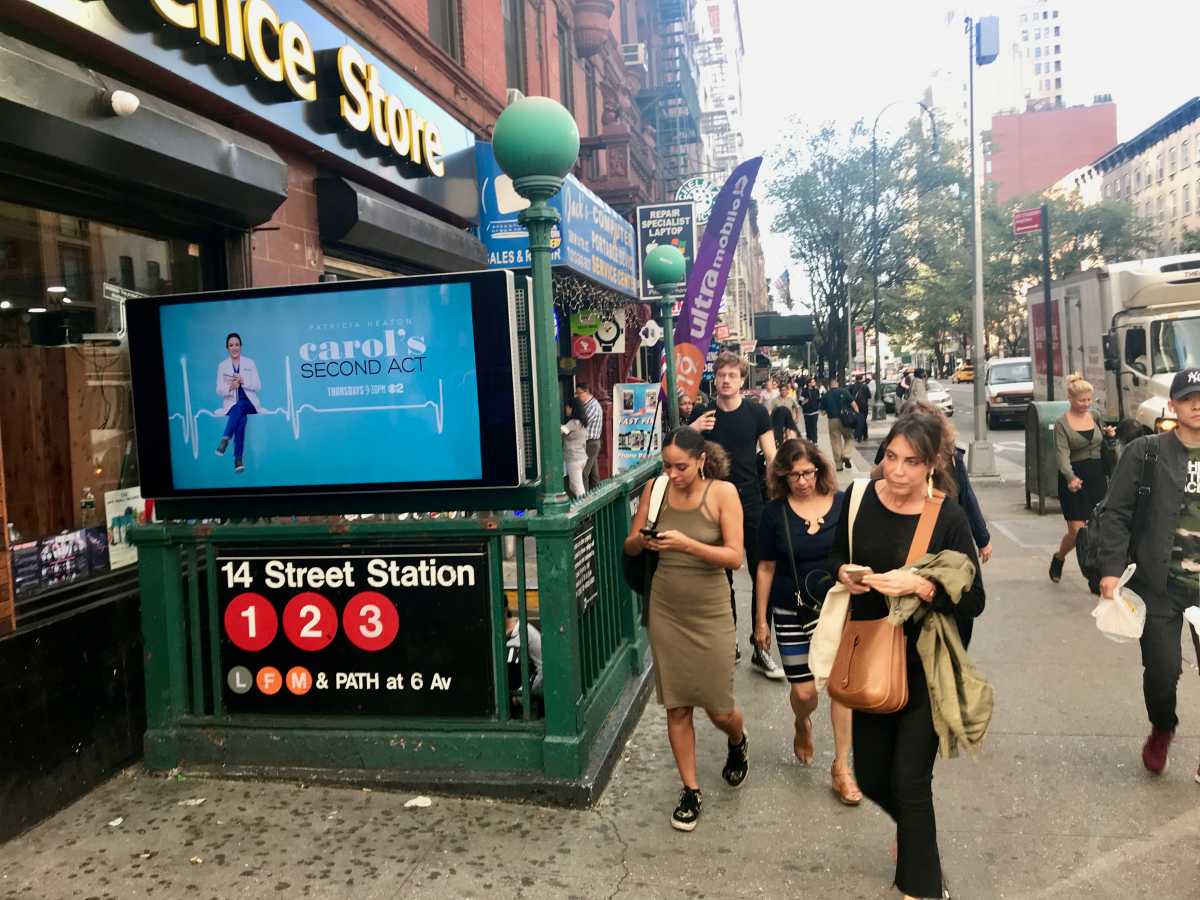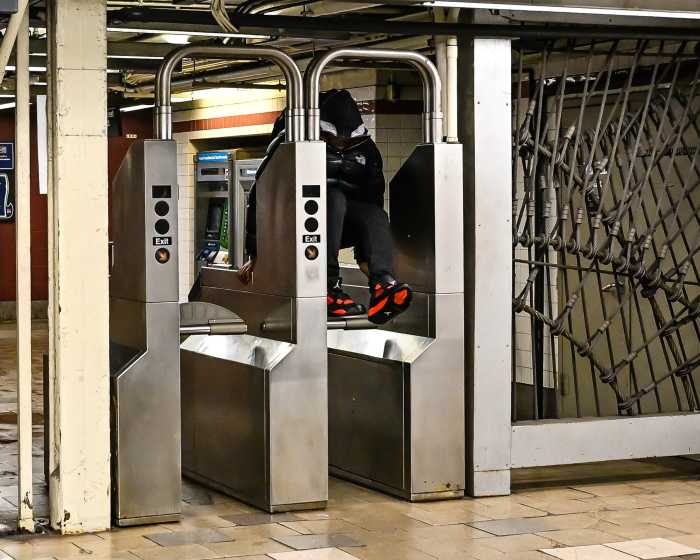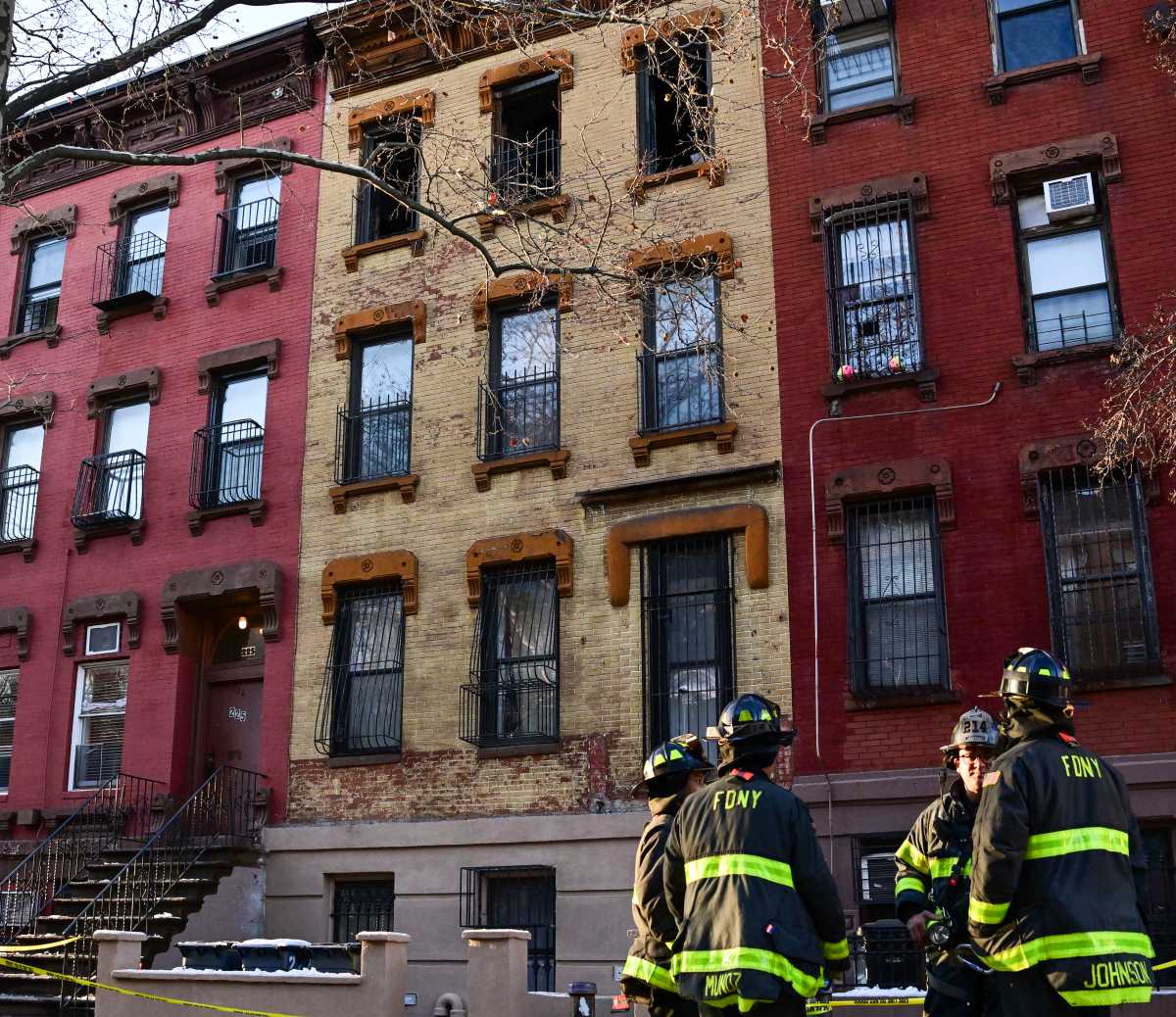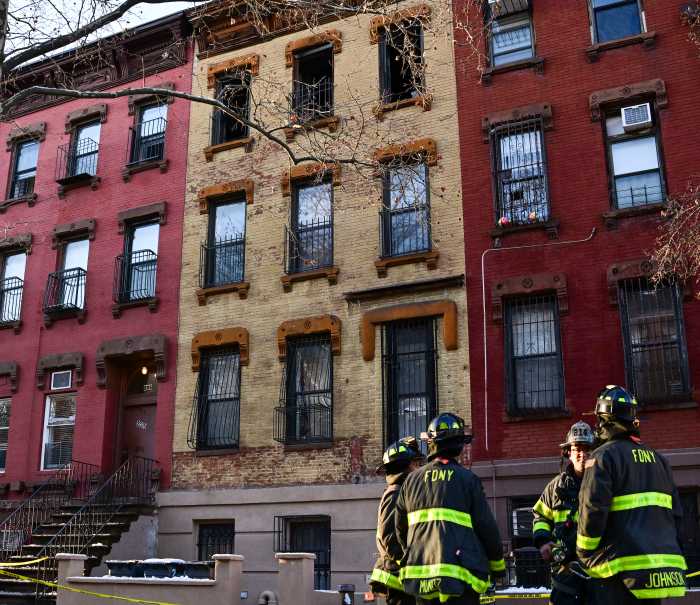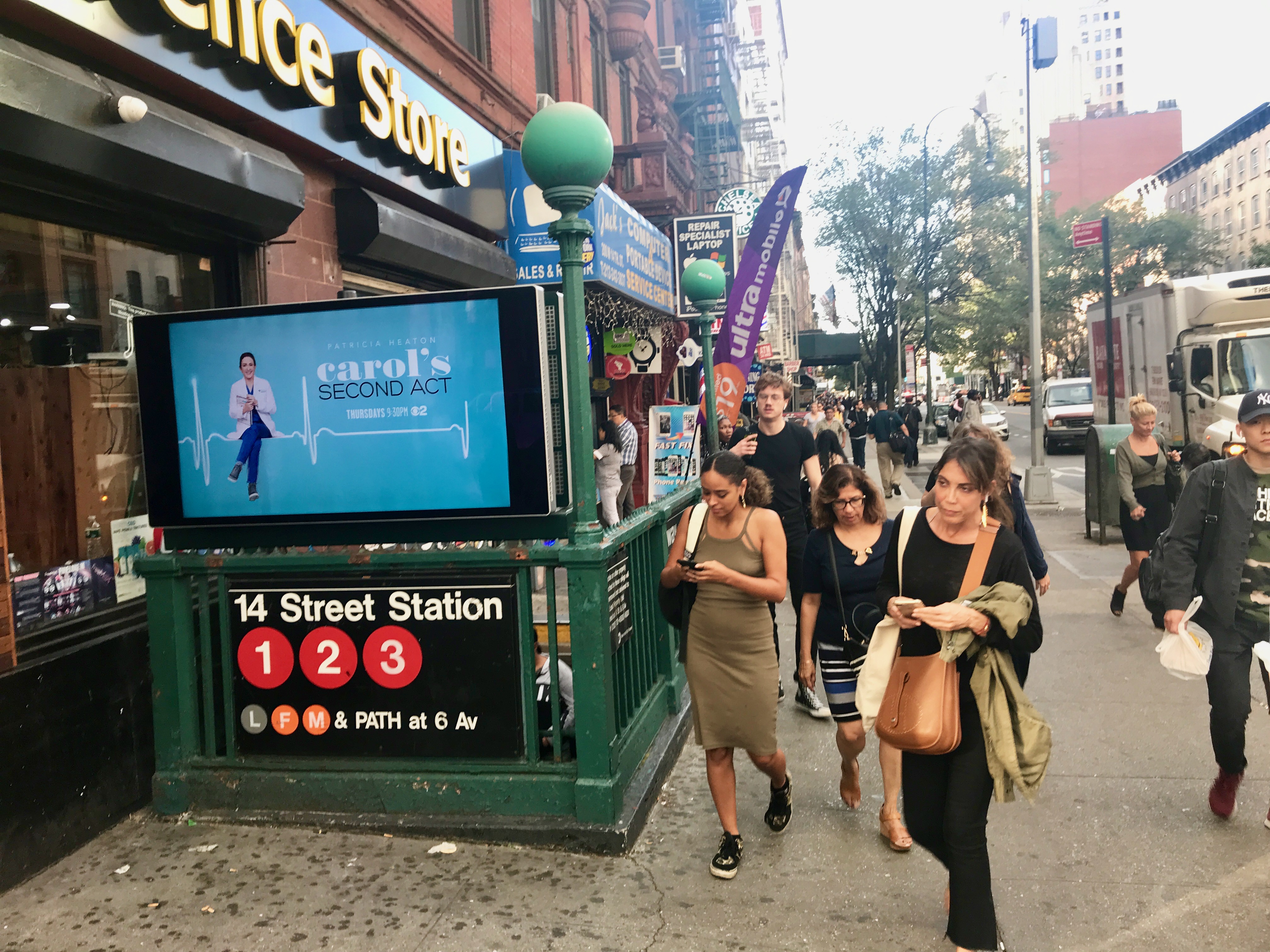
BY GABE HERMAN | With much of the city’s subway system still lacking accessibility, the MTA has announced 48 stations citywide will become ADA-compliant and get elevators under its proposed 2020-2024 Capital Plan.
The plan puts $5.5 billion toward making 70 stations accessible. The remaining 22 have not yet been identified. Among the 48 stations selected thus far, 12 are in Manhattan. They include several Lower Manhattan stations, including Essex Street on the J, M and Z lines; Delancey Street for the F train; 14th Street stations for the F, M, 1, 2 and 3 trains; and Sixth Avenue for the L train. The full list of stations can be found here.
Four of the stations will be fast-tracked for completion by being added into the current 2015-2019 Capital Plan. Three of those stations are Manhattan locations along 14th Street.
Only about one in four of the city’s 472 subway stations currently have elevators, which provide access for disabled people and others with mobility issues, including the elderly.
“These 48 stations are a terrific first step and help get us closer than ever to achieving systemwide accessibility that all New Yorkers deserve,” said MTA NYC Transit President Andy Byford. “We look forward to hearing from our customers and the community as we work to identify the additional 22 stations.”
NYC Transit had set a goal of adding elevators to 50 more stations, so that riders would be no more than two stops away from an accessible station anywhere in the system.
“We are committed to expanding accessibility and the proposed investment in the next capital plan is a massive boost to our efforts,” said Alex Elegudin, NYC Transit’s Senior Advisor for Systemwide Accessibility. “We worked collaboratively with communities across the city to identify these stations where our resources can be put to use to benefit the largest number of customers.”
Factors for selecting stations also included locations where renovations could be made most efficiently in the shortest amount of time, and with the least disruption to service.
“Fast-tracking accessibility in subway stations is the surest way to elevate the socioeconomic status of New Yorkers with disabilities,” said James Weisman, president & CEO of the United Spinal Association. “The ability to use mass transit in our city is fundamental to work, recreation and education. More stations made accessible as quickly as possible is a new, welcome and insightful approach. This is a historic investment in that direction, so we applaud the MTA for taking this step.”
The MTA board unanimously approved the 2020-2024 Capital Plan on Sept. 25, and it will now go to the MTA Capital Program Review Board for a final vote.
